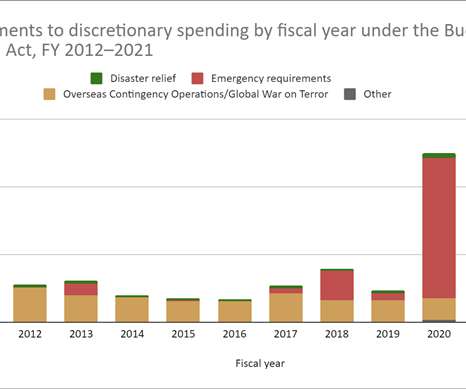A Closer Look at Some Assembly Occupancy Requirements
National Fire Protection Association
SEPTEMBER 17, 2022
The fire at a Thai nightclub in early August 2022 was all too familiar. Many of the details emerging are eerily similar to The Station nightclub fire which claimed the lives of 100 people and injured 230 more in February of 2003. The smoke developed index is the same range for all three classifications.












Let's personalize your content